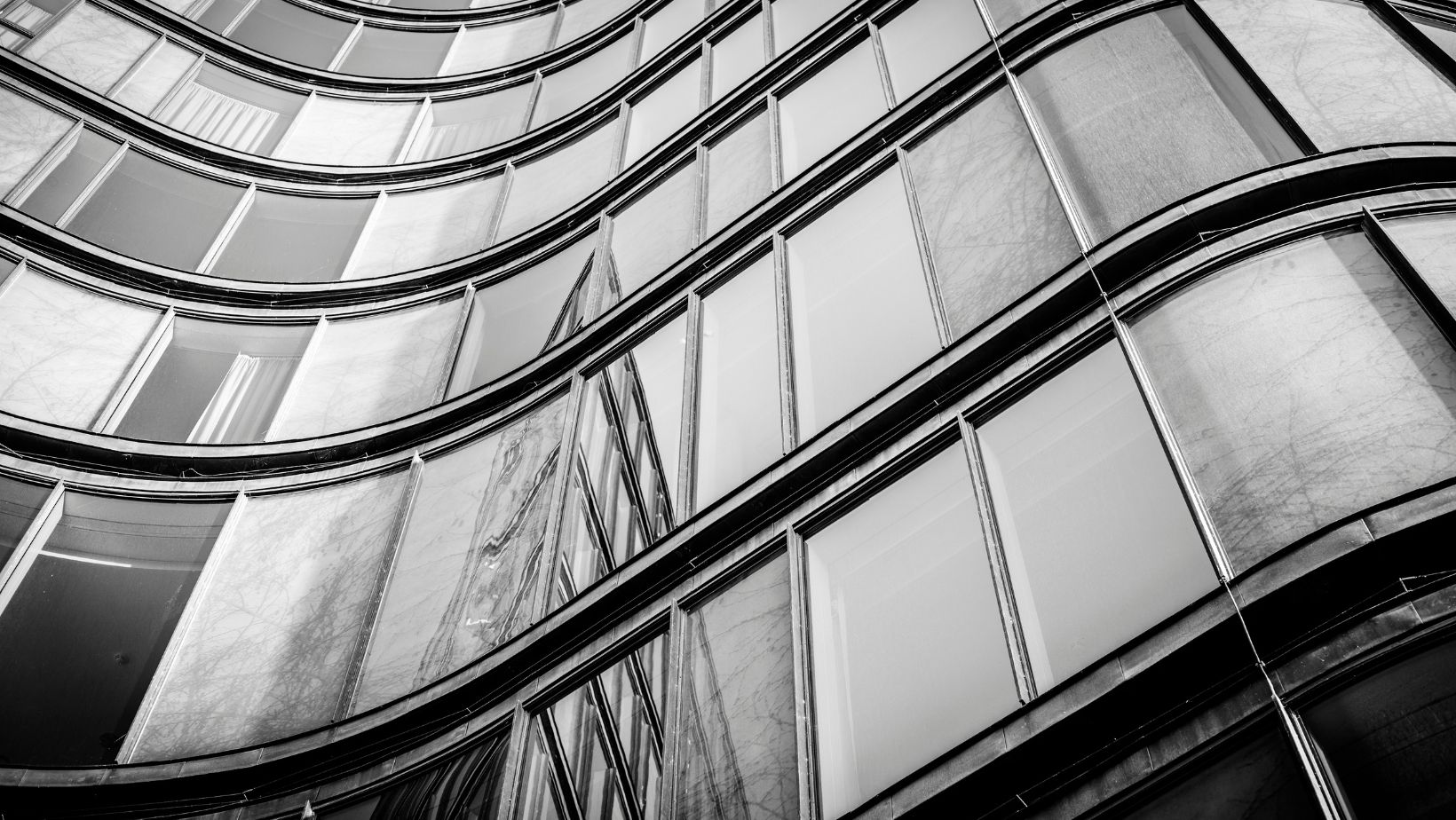In the race toward climate resilience and carbon neutrality, one often-overlooked strategy stands at the intersection of sustainability and heritage preservation: retrofitting older buildings. These structures, many of which date back decades or even centuries, often include unique architectural features like curved windows—elements that are both aesthetically significant and structurally challenging. Rather than replacing these character-defining features, a new wave of restoration practices now focuses on upgrading them for energy performance while maintaining historical authenticity.
Wired outlines how reworking the old, unloved, and unsophisticated—even ugly—buildings that populate most of the urban landscape can meaningfully reduce carbon emissions, waste, and pollution. Studies presented by the World Economic Forum show that modernizing aging buildings could cut global energy demand by 12%. Windows of old buildings can be easily upgraded to be more sustainable, and retrofitting curved windows presents a powerful opportunity to reduce carbon footprints, honor architectural history, and breathe new life into aging structures.
Why Retrofitting Older Buildings is Sustainable
The construction industry is a major contributor to global carbon emissions and new construction accounts for a significant share of this environmental burden. Retrofitting, on the other hand, avoids many of the emissions associated with demolition and new building materials. The embodied carbon in older buildings—the carbon already expended to create and assemble their components—is preserved when these structures are adapted for modern use.
Moreover, older buildings often occupy central urban locations, where the environmental costs of redevelopment would be high, both in terms of resources and displaced communities. By upgrading these structures with sustainable technologies, including advanced window systems, cities can reduce emissions while preserving cultural heritage and minimizing urban waste.
Curved windows, often found in Victorian, Edwardian, and mid-century modern architecture, are especially significant. They add a soft, organic element to façades and interiors, framing views in ways that flat panes simply cannot. But in many cases, they also contribute to thermal inefficiency—a challenge that modern retrofitting can now solve.
The Importance of Improved Energy Performance in Heritage Buildings
While the aesthetic value of historical buildings is clear, their performance under modern energy standards often falls short. Poor insulation, single-pane glazing, and air leakage are common issues, especially with older curved windows. These deficiencies can lead to:
- Increased heating and cooling demands
- Higher energy bills
- Excess strain on HVAC systems
- Lower occupant comfort

Curved windows can be particularly problematic because their design complicates the use of standard insulation and sealing techniques. However, innovation in glazing and restoration has made it increasingly possible to retrofit curved windows for high thermal performance without compromising design.
Energy Upgrades for Curved Windows
There are several ways to boost the energy performance of curved windows while preserving their historical character:
- Secondary Glazing: One of the least invasive solutions, secondary glazing, involves installing an additional curved glass pane inside the existing window. This creates an insulating air gap and improves thermal and acoustic performance without altering the external appearance.
- Retrofit Double or Triple Glazing: In some cases, original curved window frames can be adapted to hold new curved insulated glass units (IGUs). These modern units consist of two or three panes separated by gas-filled gaps and low-emissivity (Low-E) coatings, dramatically improving energy efficiency.
- Vacuum Insulated Glazing (VIG): VIG offers superior insulation with the same thickness as single glazing. New advances have made it possible to manufacture vacuum-insulated curved glass, making this a viable option for heritage restorations.
- Thermal Frame Upgrades: Wooden or metal window frames can be refurbished or thermally broken (in the case of metal) to reduce heat conduction. Gaskets and weatherstripping can also be added to minimize drafts.
Restoring Curved Windows: A Marriage of Craftsmanship and Sustainability
Retrofitting a curved window is no small feat. It requires a blend of traditional craftsmanship and cutting-edge materials science. Flickinger Glassworks details how skilled curved glass artisans must understand the historical context of the building—its architectural style, period materials, and construction methods. This ensures that any intervention is respectful and aligned with conservation best practices.
Authentic Restoration Practices
- Historical Surveys and Documentation: Before any restoration begins, experts conduct thorough assessments of the window’s materials, dimensions, and design. Photographs, measurements, and historical records guide the process, ensuring visual and structural accuracy.
- Selective Material Replacement: In many cases, the existing wooden or metal frame can be retained, especially if it is structurally sound. Damaged components are replaced with matching materials to preserve appearance and function.
- Custom Glass Fabrication: Curved glass is notoriously difficult to produce, especially when matching the radius of historic windows. However, modern fabrication techniques can now bend laminated or insulated glass into custom curves with remarkable precision. This allows restoration teams to fit sustainable glass into original frames.
- Reversible Interventions: Conservation guidelines often stress the importance of reversibility—any retrofitting work should be undoable without damaging the original structure. Secondary glazing and removable sealants are excellent examples of this principle in action.
- Finishing Touches: Paints, stains, and metal finishes are selected to replicate the original palette of the building, often based on paint analysis and historical references. Even the reflection and refraction properties of the new glass are considered to avoid distorting the building’s visual character.
Regulatory Support and Incentives
In many regions, restoring and upgrading historic buildings qualifies for government incentives, including tax credits and grants. Agencies such as the U.S. National Park Service and local heritage conservation authorities provide guidance on how to undertake energy upgrades without violating preservation standards.

Furthermore, energy codes are increasingly accommodating of historical retrofit methods. Many building codes now include provisions for energy-efficient restoration that take into account the limitations and opportunities of heritage structures.
Balancing History and Innovation
Sustainability and preservation are not mutually exclusive. In fact, they are increasingly interdependent. Curved windows, once seen as obstacles to energy efficiency, can now be focal points of sustainable design. By restoring and upgrading them, we not only extend the life of beautiful buildings but also demonstrate that green building principles can be applied thoughtfully and creatively.
When handled with care, retrofitting curved windows is a win-win: reducing a building’s carbon footprint while enhancing its architectural legacy. It is a testament to what is possible when craftsmanship, science, and sustainability converge.
Retrofitting curved windows in older buildings isn’t just a technical upgrade—it’s a cultural act. It respects the artistry of the past while equipping structures for the future. As we move toward more sustainable cities, finding ways to preserve beauty while improving performance will be essential. Curved windows, with all their complexity and charm, serve as a perfect example of how innovation and tradition can work hand in hand for a greener, more resilient built environment. For more on how to lead a greener life, read our article on Exploring Sustainable Living.

